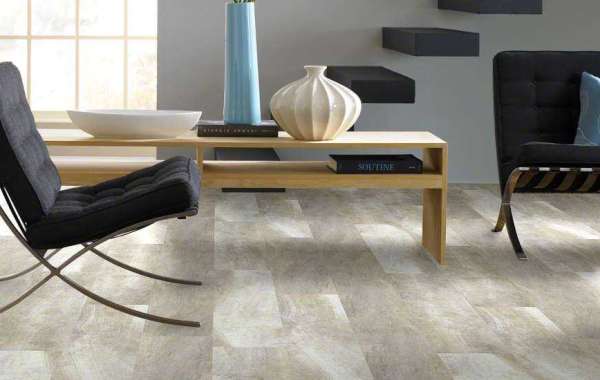Sanitary pads are an essential part of the menstrual hygiene routine for millions of women worldwide. While they provide the necessary protection during menstruation, it's crucial to understand the potential health risks and benefits associated with their use. This article aims to shed light on the truth about menstrual pads and their impact on health, offering valuable insights for women who want to make informed choices about their menstrual hygiene products.
Understanding Sanitary Pads: What Are They Made Of?
Sanitary pads are typically made from a combination of materials, including cotton, plastic, and synthetic fibers. These materials are designed to absorb menstrual blood and provide a dry, comfortable experience.
However, the composition of these products can vary significantly depending on the brand and the type of pad. Most menstrual pads contain layers of absorbent materials, such as cellulose and superabsorbent polymers, that help soak up menstrual blood.
The top layer, which comes into contact with the skin, is usually made from a soft, non-woven fabric.
How Unmatched Softness and Gentle Care plays a role?
One of the most significant advantages of menstrual pads is their softness. Most pads are made from soft cotton or cotton-blend materials, making them gentle on the skin.
This is particularly important for women with sensitive skin, as rough or irritating materials can lead to discomfort and even rashes. Menstrual pads are designed to stay soft throughout the day, ensuring comfort, even during long hours of use.
Flexibility and Movement
Sanitary pads are often designed with wings or contoured shapes that provide additional security and support, especially when you’re active.
Whether you’re exercising, running errands, or relaxing at home, the flexible design allows you to move freely without feeling restricted. Some pads are even specifically designed for overnight use, offering extra length and absorbance to keep you comfortable and protected while you sleep.
How Heavy flow pads for women play a role in Transforming Menstruation Experience?
Heavy flow pads are typically larger and more absorbent than regular pads, offering greater coverage and protection.
The improved design ensures that women experience less discomfort, such as leaks or irritation, which can occur when the flow is heavy. Many pads are made with soft materials, preventing chafing and enhancing overall comfort during extended wear.
One of the biggest challenges during heavy flow days is avoiding leaks, which can cause embarrassment and anxiety.
The Heavy flow pads for women are designed with additional layers of absorbency and leak-proof barriers to ensure that the menstrual flow is quickly absorbed and contained. This feature helps women feel more secure and confident, reducing the stress of potential accidents.
Choosing the Right Sanitary Pad: What to Look For?
Opt for pads made from natural materials, such as organic cotton, which are less likely to cause irritation or allergic reactions. Avoid pads with added fragrances or dyes, as these can cause discomfort and affect the natural balance of the vaginal area.
Choose pads based on your menstrual flow. For heavier flow days, you may need pads with a higher absorbency level, while lighter days may call for thinner pads. Always choose a pad that provides adequate protection to avoid leaks while ensuring comfort throughout the day.
What is the Future of Sanitary Pads: Smart Technology and Innovation?
As we look to the future, period pads are likely to continue evolving in response to new technological advancements and consumer demands. Some manufacturers are already exploring smart pads, which could use sensors to monitor menstrual flow in real-time.
These pads would connect to mobile apps, providing users with accurate data about their menstrual cycle and offering valuable insights into their health. Another area of focus is biodegradability and sustainability.
With increasing awareness of the environmental impact of single-use plastic products, companies are working to create even more eco-friendly period pads.
Materials such as mushroom-based packaging and compostable fabrics are already being tested, and it is likely that these innovations will become more mainstream in the coming years.
Supporting Health and Hygiene, Eco-Friendly Alternatives
Menstrual pads play an important role in menstrual hygiene, helping to prevent the spread of bacteria and reduce the risk of infections.
By choosing pads that are free from harsh chemicals and fragrances, you can minimize the risk of irritation and allergic reactions, ensuring that your period is as comfortable and hygienic as possible.
For those who are environmentally conscious, many brands offer eco-friendly menstrual pads made from biodegradable materials. These pads are designed to provide the same level of comfort and protection while being better for the planet.
By choosing eco-friendly options, you can enjoy the same benefits of traditional pads while minimizing your environmental impact.
Conclusion
While sanitary pads are a convenient and widely used option for menstrual hygiene, it's important to be aware of the potential health risks associated with their use. From allergic reactions and infections to the environmental impact, there are several factors to consider when choosing and using sanitary pads. By making informed choices, you can ensure both your health and the environment are well cared for.










